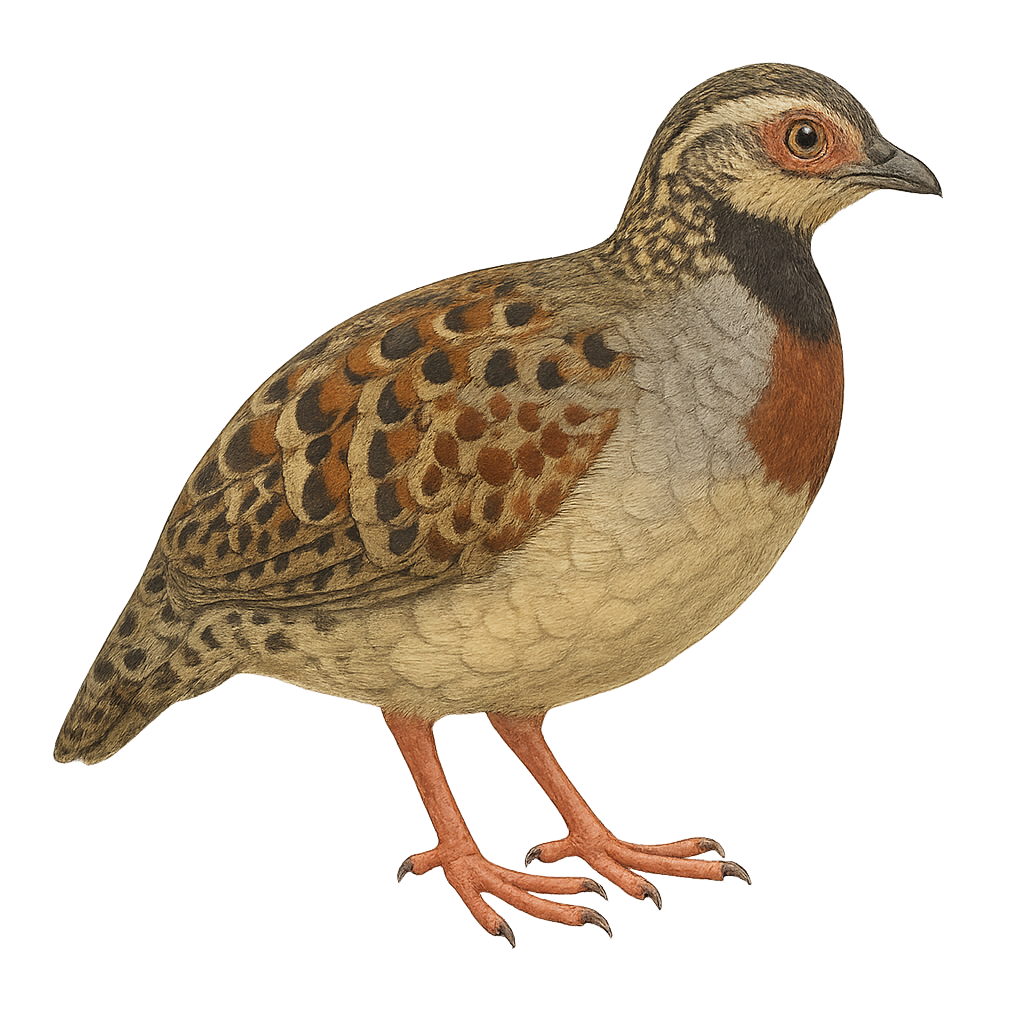Your wildlife photography guide.
Explore the chinese bamboo partridge in detail, study its behavior, prepare your shots.
Where to observe and photograph the chinese bamboo partridge in the wild
Learn where and when to spot the chinese bamboo partridge in the wild, how to identify the species based on distinctive features, and what natural environments it inhabits. The WildlifePhotographer app offers tailored photography tips that reflect the chinese bamboo partridge’s behavior, helping you capture better wildlife images. Explore the full species profile for key information including description, habitat, active periods, and approach techniques.
Chinese Bamboo Partridge
Scientific name: Arborophila gingica

IUCN Status: Least Concern
Family: PHASIANIDAE
Group: Birds
Sensitivity to human approach: Suspicious
Minimum approach distance: 10 m
Courtship display: April to May
Incubation: 18-20 jours
Hatchings: April to June
Habitat:
Bamboo forests, dense undergrowth, subtropical forests
Activity period :
Primarily active during the day, with peak activity in the morning and late afternoon.
Identification and description:
The Chinese Bamboo Partridge, Arborophila gingica, is a bird species belonging to the Phasianidae family. It is primarily found in the bamboo forests and dense undergrowth of southeastern China. Medium-sized, it measures about 30 cm in length and features brown plumage with distinctive patterns on its head and neck. Its call is a key part of its communication, often heard at dusk. Though discreet, it is sometimes observed in small groups. Its diet mainly consists of seeds, insects, and small invertebrates. This species is currently classified as "Least Concern" by the IUCN but is threatened by the loss of its natural habitat.
Recommended lens:
400 mm – adjust based on distance, desired framing (portrait or habitat), and approach conditions.
Photography tips:
To photograph the Chinese Bamboo Partridge, it is advisable to use a telephoto lens of at least 400mm to capture detailed images without disturbing the bird. Patience is essential, as this species is suspicious and prefers to stay hidden in the undergrowth. Focus on morning or afternoon hours when natural light is soft. Use a tripod to stabilize your camera and wait for the bird to move into a more open area. Pay attention to its distinctive call to locate its position.
The WildlifePhotographer App is coming soon!
Be the first to explore the best nature spots, track rutting seasons, log your observations, and observe more wildlife.
Already 1 441 wildlife lovers subscribed worldwide

